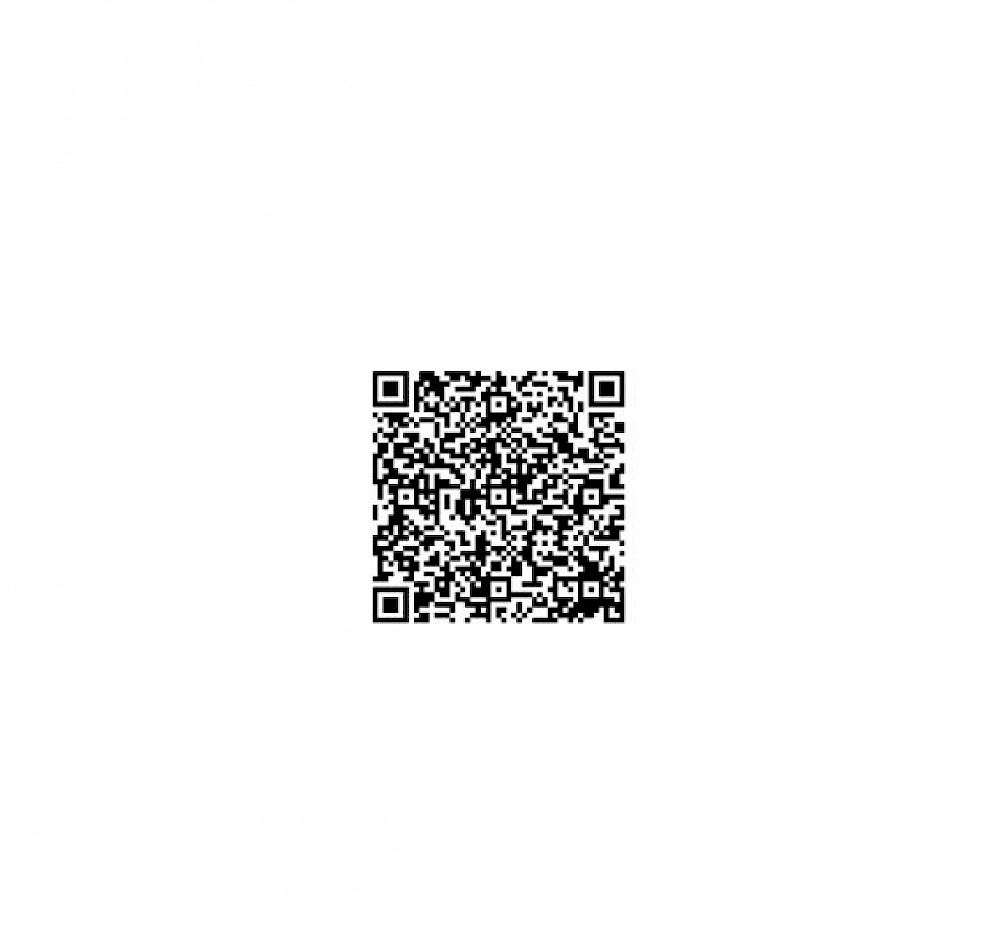

Once the provider “switches on” the vaccine credential feature, the patient will be able to see the QR code in their portal.īut what about those who don’t have easy access to technology?Įpic developers had to be mindful of the fact that not everyone has a smartphone, computer or even internet access. ”Īfter a provider has verified a patient’s vaccine status - whether from their own records or from the state’s immunization database in cases where the patient was vaccinated at a retail health location or other vaccination sites - it is incorporated into the medical record. “It takes a day or so and then it turns on for the patient without any action needed by.

CALIFORNIA COVID QR CODE READER UPDATE
“We’ve done all the coding and all the prep work, so for our customers, all they need to do is…a simple update and load that in their system,” Frenzer said. From there, they created a specification that is a technology-agnostic, standards-based communication method that all the coalition members have access to.Įpic then coded the specification into its patient portal so it could be used to access the QR code that can be verified by a digital reader. Together, the coalition developed a technical vaccine credential design with two goals in mind: make it easy for patients to use and make sure it keeps information secure, Frenzer said. The coalition included several high-profile organizations, including Mitre, Microsoft and Mayo Clinic.

The credential was born out of Epic’s work with the Vaccination Credential Initiative, which launched at the beginning of the year. Epic aims to extend the credential to 70 or 80 million by the end of the year and 100 million by 2022, Frenzer said. The University of California San Diego was the first to pilot the program.Ĭurrently, 25 million people have access to the vaccine credential within their M圜hart portal. The vaccination credential has been available since June 29, but it took a few weeks to get the feature up and running among customers. It doesn’t give any more access to your medical record it doesn’t give any more personal information.” “What we’re doing is we’re tying your name, the vaccine lot information that you received and your date of birth so that it can be verified against an ID and that’s it. “What we are trying to do is provide an option…for patients to feel safe and secure,” said Nick Frenzer, implementation executive at Verona, Wisconsin-based Epic, in a phone interview.


 0 kommentar(er)
0 kommentar(er)
